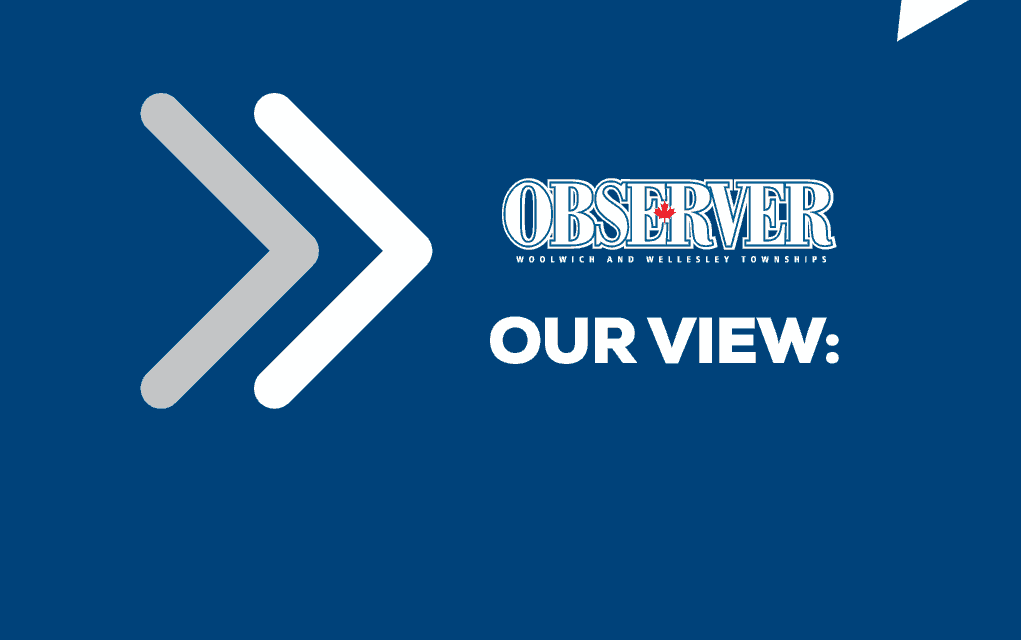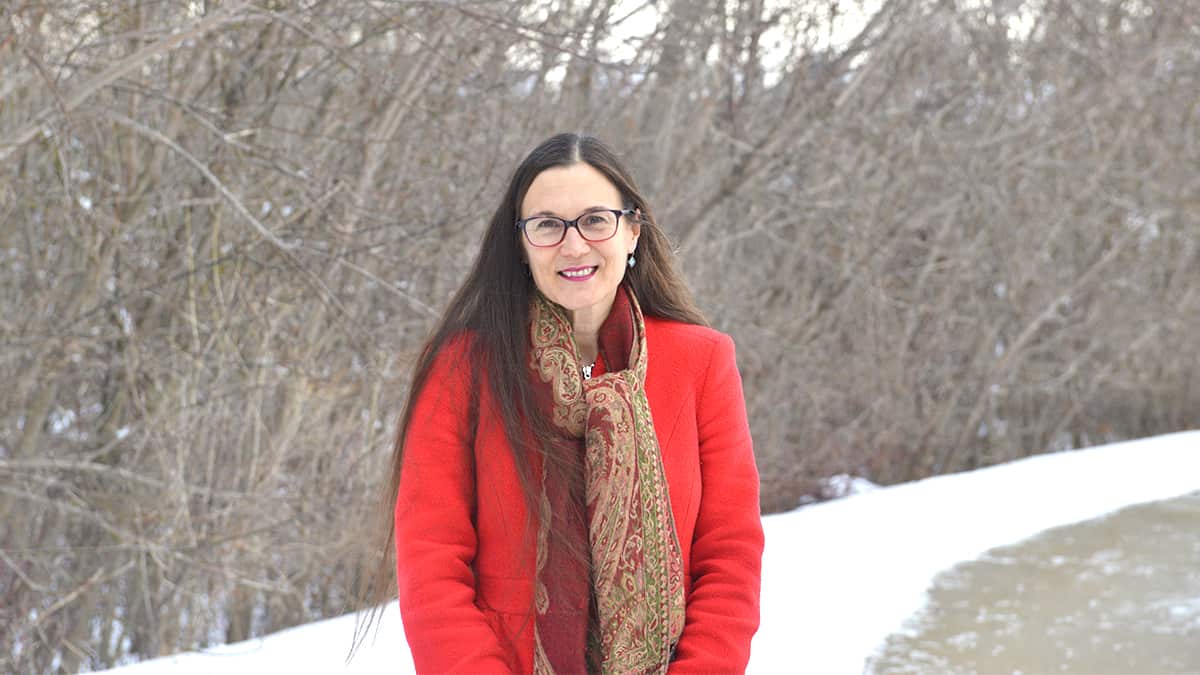A disproportionate number of Black residents having contracted COVID-19, public health officials are looking to have Waterloo Region deemed a high-priority community in order to receive additional funding from the province.
The Ford government last month created the high priority community’s strategy for areas that had been disproportionately impacted by the COVID-19 pandemic. Such communities include BIPOC (Black, Indigenous, and people of colour), racialized and low-income areas within 15 areas such as Peel Region, Toronto, York Region and Hamilton.
Now, the Region of Waterloo is asking to be labelled that way, too.
At a board of health meeting January 27, members were called on by delegates to make necessary changes to address inequities in the region.
Ruth Cameron, executive director of the ACB Network representing people of African, Caribbean, and Black descent, said many of the disparities have been discussed since the start of the pandemic, and even earlier.
“Despite being only 2.9 per cent of the population, Black communities are 10.9 per cent of the COVID cases in Waterloo Region,” she said, noting nothing was said when those figures first came out.
“Since that time in October, November, we now have new data showing that Black people are now 16.7 per cent of the COVID cases in the region, which is very severe disparity. And in addition to that, we also have information showing that over 60 per cent of cases appear to be individuals who are racialized as non-white – this is related to the social determinants of health. And I’ll remind the board of health that the social determinants have nothing to do with race, unlike what is said on the side with the information on health equity,” said Cameroon, expressing anger and confusion over why it has taken so long to move forward these requests for additional supports.
Regional medical officer of health Dr. Hsiu-Li Wang delivered a statistical breakdown of the disproportionate impact and inequity the BIPOC, racialized and low-income communities have experienced during the pandemic.
“The strategy includes tailored community outreach and engagement to enhance awareness of the services and supports available, including teams of community ambassadors to provide, for example, door-to-door outreach, and developing targeted and culturally appropriate communications. Also increased access to testing for these communities, such as with expanded or flexible hours,” Wang explained, adding that “Waterloo Region needs to be included” in the list.
Regional Coun. Kathyrn McGarry led the formal motion calling for the region to be designated a high-priority area, noting that “being designated a high priority community would provide much needed provincial resources to expedite deployment of support, as has been done in other communities across Ontario.”









